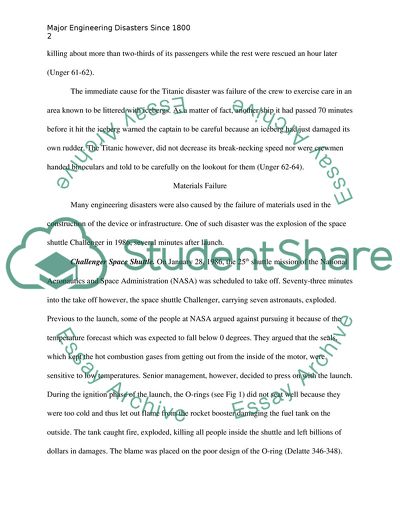Cite this document
(Causes of Major Engineering Disasters Since 1800 Term Paper, n.d.)
Causes of Major Engineering Disasters Since 1800 Term Paper. Retrieved from https://studentshare.org/engineering-and-construction/1728057-the-root-cause-of-major-engineering-disasters-that-have-occurred-since-1800
Causes of Major Engineering Disasters Since 1800 Term Paper. Retrieved from https://studentshare.org/engineering-and-construction/1728057-the-root-cause-of-major-engineering-disasters-that-have-occurred-since-1800
(Causes of Major Engineering Disasters Since 1800 Term Paper)
Causes of Major Engineering Disasters Since 1800 Term Paper. https://studentshare.org/engineering-and-construction/1728057-the-root-cause-of-major-engineering-disasters-that-have-occurred-since-1800.
Causes of Major Engineering Disasters Since 1800 Term Paper. https://studentshare.org/engineering-and-construction/1728057-the-root-cause-of-major-engineering-disasters-that-have-occurred-since-1800.
“Causes of Major Engineering Disasters Since 1800 Term Paper”. https://studentshare.org/engineering-and-construction/1728057-the-root-cause-of-major-engineering-disasters-that-have-occurred-since-1800.


